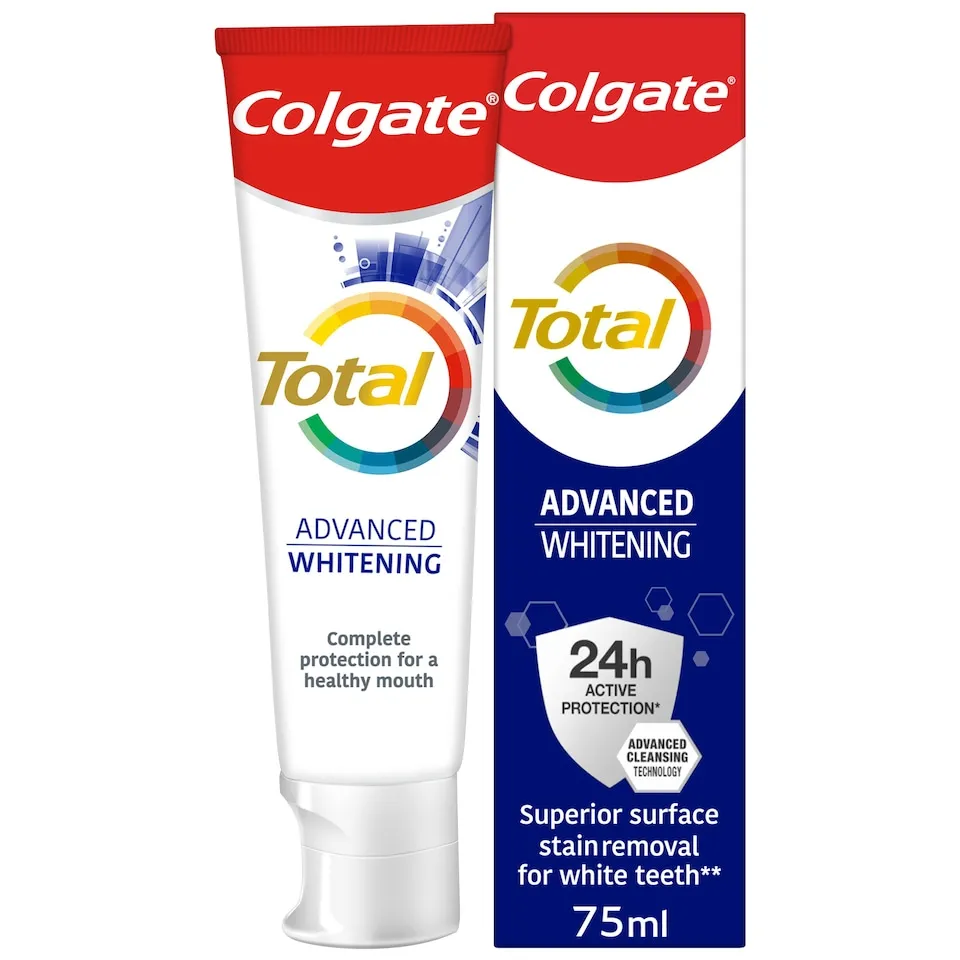What Are Tooth Whitening Toothpastes
Tooth whitening toothpastes are a popular choice for those seeking a brighter smile. They work by removing surface stains from teeth, giving the illusion of a whiter appearance. Unlike professional teeth whitening treatments that alter the intrinsic color of teeth, whitening toothpastes primarily target extrinsic stains caused by food, drinks (like coffee and tea), and smoking. These toothpastes often contain special ingredients designed to lift stains and polish the tooth surface, leading to a refreshed and cleaner feel. The effectiveness of these products varies, and it’s crucial to understand how they work to determine their safety and suitability for individual use. The active components in whitening toothpastes differentiate them from standard toothpastes, thus making it important to be aware of their specific actions and potential impacts on your oral health.
Ingredients in Whitening Toothpastes
Whitening toothpastes contain a variety of ingredients that contribute to their stain-removing capabilities. Understanding these components is vital for assessing the safety profile of these products. Common ingredients include abrasives, whitening agents, and other additives. Abrasives physically scrub away stains, while whitening agents, such as hydrogen peroxide or similar compounds, chemically lighten the tooth’s surface. Other ingredients like fluoride are included to strengthen enamel and protect against cavities. Flavoring agents ensure a pleasant taste, and detergents aid in the cleaning process. The concentration and type of these ingredients greatly affect the toothpaste’s whitening potential and its overall safety. Careful examination of the label can offer insights into the specific ingredients present and their potential effects on your teeth and gums. Always be on the lookout for a list of ingredients that meet certain standards of safety and efficacy.
Abrasives and Their Impact
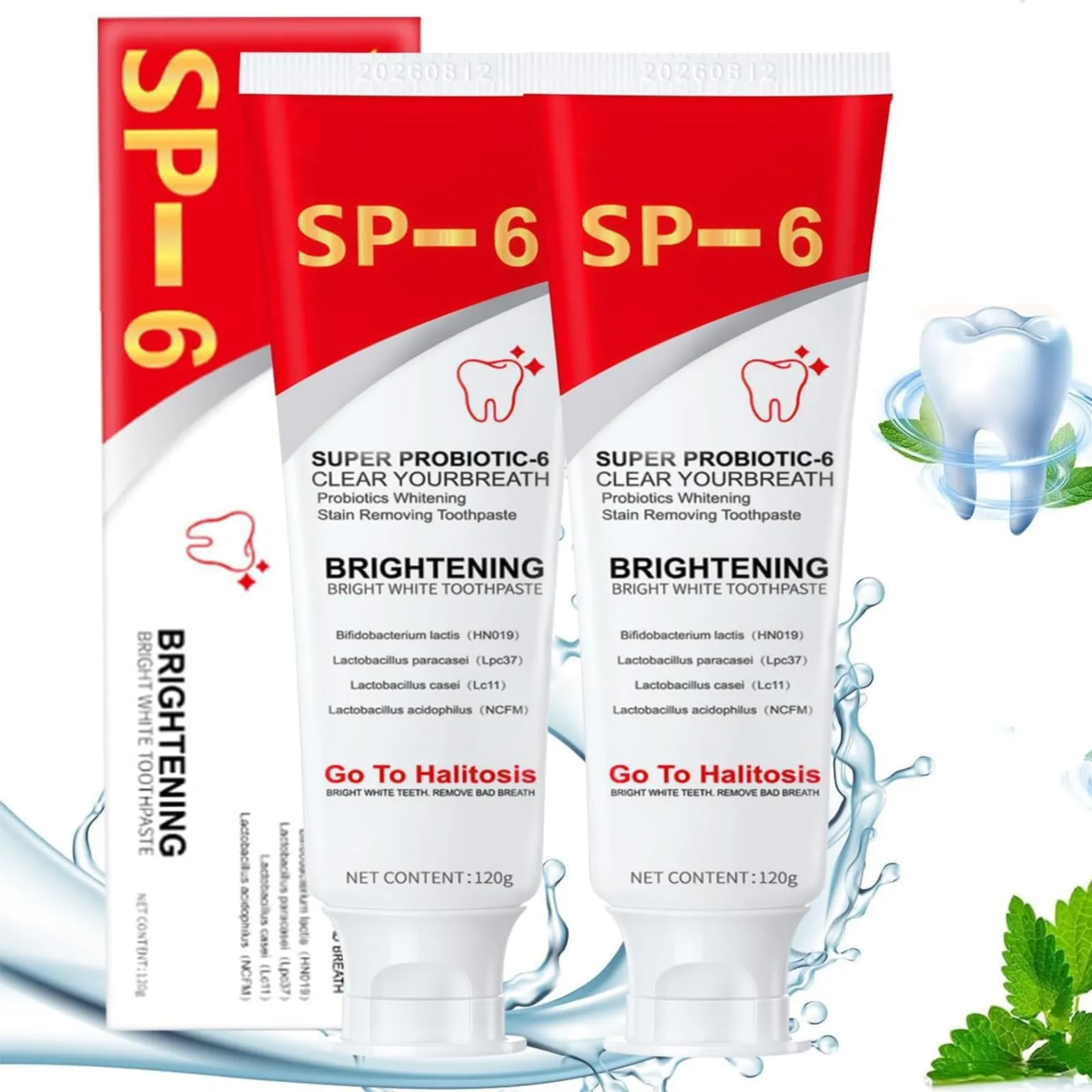
Abrasives are essential components in tooth whitening toothpastes, playing a key role in removing surface stains. These abrasive agents work by physically scrubbing the teeth, helping to dislodge and remove the discoloration caused by food, drinks, and other factors. Common abrasives include hydrated silica, calcium carbonate, and dicalcium phosphate. While effective at removing stains, the abrasive nature of these substances can also pose a risk if used improperly or excessively. Over time, aggressive brushing with abrasive toothpastes may lead to enamel erosion, making teeth more susceptible to sensitivity and decay. It’s essential to use these toothpastes in moderation and with a gentle brushing technique to mitigate potential adverse effects. Choosing toothpastes with lower abrasion levels and soft-bristled brushes is crucial to maintaining the health and integrity of tooth enamel, while still achieving a whitening effect. Be mindful of the pressure exerted while brushing and avoid scrubbing motions.
Whitening Agents and Their Effects
Whitening agents are the key ingredients that actively work to lighten the color of teeth. The most common whitening agent found in toothpastes is typically hydrogen peroxide or a similar compound. These agents function by penetrating the enamel and breaking down stain molecules, effectively reducing the appearance of discoloration. The concentration of the whitening agent directly influences its effectiveness, with higher concentrations often leading to quicker results. However, the higher the concentration, the greater the potential for side effects, such as tooth sensitivity and gum irritation. It is crucial to select toothpastes with safe and regulated levels of whitening agents to minimize the risk of adverse reactions. Always follow the product’s instructions and consult with a dentist if you experience any discomfort or unusual changes in your oral health. The duration of use and the frequency of application also play important roles in achieving optimal whitening effects without compromising safety.
Hydrogen Peroxide and Carbamide Peroxide
Hydrogen peroxide and carbamide peroxide are two of the most commonly used whitening agents in toothpastes and professional treatments. Hydrogen peroxide is a powerful oxidizing agent that directly breaks down stain molecules. Carbamide peroxide is a slower-releasing form of hydrogen peroxide, often used in at-home whitening kits. Both substances can effectively lighten teeth, but their use requires caution. Higher concentrations of hydrogen peroxide can cause tooth sensitivity and gum irritation, highlighting the importance of using toothpastes with appropriate concentrations. Carbamide peroxide breaks down into hydrogen peroxide, offering similar whitening benefits with a potentially gentler approach. The efficacy and safety of both agents depend on their concentration, application method, and frequency of use. Regular dental check-ups are essential to monitor the effects of these whitening agents and address any emerging oral health issues. Dentists can also recommend the most suitable products and usage guidelines based on individual needs and dental conditions.
Potential Side Effects of Tooth Whitening Toothpastes
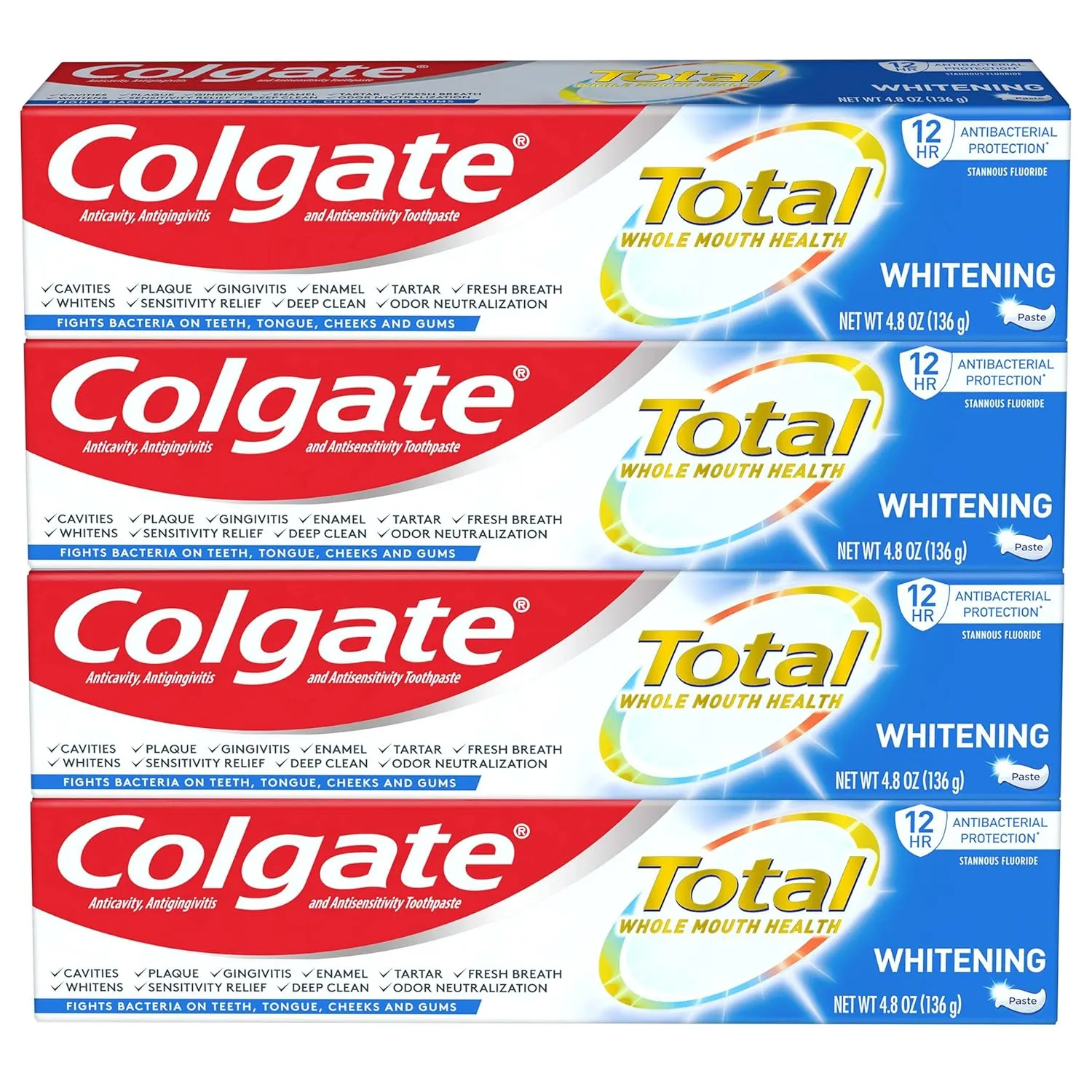
While tooth whitening toothpastes can provide cosmetic benefits, it’s important to be aware of potential side effects. The ingredients that make these products effective also carry risks if not used properly. The abrasive nature of some toothpastes can lead to enamel erosion, making teeth more sensitive and susceptible to cavities. Whitening agents, such as hydrogen peroxide, can cause sensitivity and irritation of the gums. Understanding these potential side effects allows users to make informed decisions and take appropriate precautions. Choosing products with lower abrasion levels, using a gentle brushing technique, and limiting frequency of use are some of the strategies to minimize risks. Regular dental check-ups and consultations with a dentist can help identify and manage any adverse effects promptly. Awareness of the potential downsides is key to maintaining a healthy smile while pursuing teeth whitening.
Sensitivity and Irritation
Tooth sensitivity and gum irritation are common side effects associated with the use of tooth whitening toothpastes. The active ingredients, especially hydrogen peroxide, can penetrate the enamel and reach the dentin, causing sensitivity to hot, cold, sweet, or sour foods and drinks. Similarly, the gums may become irritated, leading to inflammation and discomfort. This can occur due to the chemical action of the whitening agents or the abrasive nature of the toothpaste. If you experience sensitivity, consider reducing the frequency of use, switching to a toothpaste with a lower concentration of whitening agents, or using a toothpaste specifically designed for sensitive teeth. Practicing gentle brushing and avoiding excessive pressure can also help reduce gum irritation. Consult with your dentist if symptoms persist or worsen, as they may suggest alternative whitening methods or recommend treatments to alleviate sensitivity.
Enamel Erosion
Enamel erosion is a significant concern related to the long-term use of tooth whitening toothpastes, particularly those with high abrasive properties. The enamel is the hard, protective outer layer of the tooth, and its erosion can expose the underlying dentin, making teeth more vulnerable to sensitivity, decay, and discoloration. Regular use of abrasive toothpastes, coupled with aggressive brushing techniques, can wear away the enamel over time. This increases the risk of dental problems and can compromise the overall health of your teeth. To mitigate the risk of enamel erosion, choose toothpastes with lower abrasion levels and use a soft-bristled toothbrush. Brush gently, avoiding excessive pressure, and limit the frequency of use. Fluoride toothpaste can help to remineralize the enamel and provide protection against decay. Regular dental check-ups are essential to monitor the condition of your enamel and address any signs of erosion promptly. Proper oral hygiene practices are essential for maintaining strong and healthy teeth.
Are Tooth Whitening Toothpastes Safe for Everyone
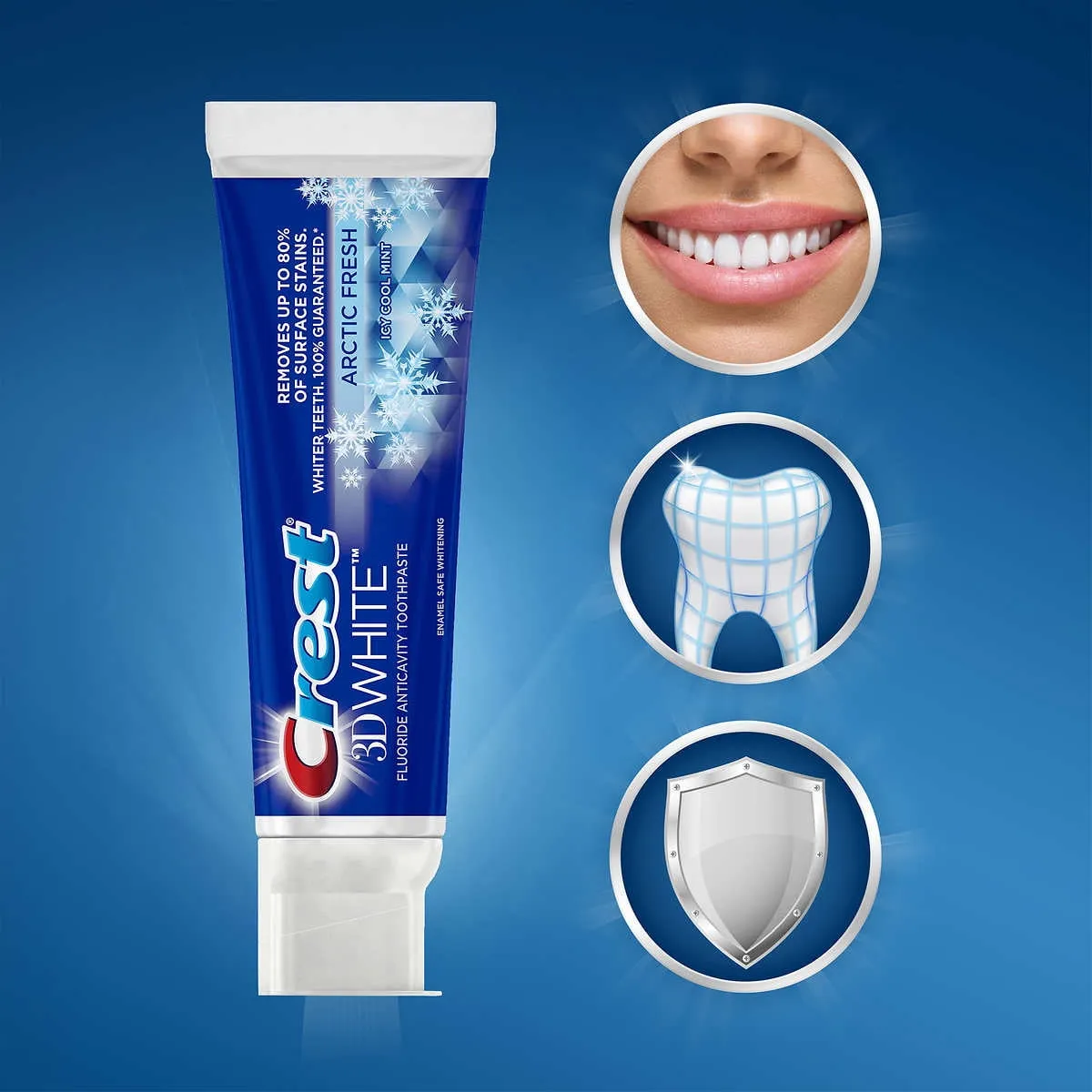
The safety of tooth whitening toothpastes varies depending on individual circumstances and dental conditions. While these products are generally considered safe for many adults, certain groups should exercise caution or avoid them altogether. Factors such as pre-existing dental issues, age, and health conditions can influence the suitability of these toothpastes. Consulting with a dentist before using whitening toothpastes is always recommended, as they can assess your oral health and provide personalized advice. Understanding your individual needs and risks ensures that you can achieve a brighter smile safely and effectively. Be sure to consider your overall dental condition, including sensitivity, enamel strength, and any existing restorations such as fillings or crowns. This evaluation will guide you in making the right choice for your oral health.
Children and Teens
The use of tooth whitening toothpastes in children and teens is generally not recommended. Their enamel is still developing, and the abrasive nature of these toothpastes can cause irreversible damage. Moreover, children and teens may not be able to brush properly or follow instructions regarding frequency and technique, increasing the risk of adverse effects. Parents should focus on establishing good oral hygiene habits, including regular brushing with a fluoride toothpaste and flossing, instead of pursuing teeth whitening. If there are concerns about the color of a child’s teeth, a dentist can recommend safe and appropriate treatments. Emphasizing proper oral care from a young age is crucial for long-term dental health. Dental check-ups are important, and dentists can monitor teeth development and offer professional guidance.
Pregnant Women
Pregnant women should exercise caution when using tooth whitening toothpastes. While there is limited research on the effects of these toothpastes on pregnant women and their developing babies, it is generally advisable to err on the side of caution. Hormonal changes during pregnancy can make gums more sensitive, and the potential for irritation from whitening agents may increase. The ingredients in some toothpastes could potentially be absorbed into the bloodstream, raising concerns about their safety for the fetus. It is best for pregnant women to consult with their dentist or healthcare provider before using any teeth whitening products. They can recommend alternative options or provide guidance on safe oral hygiene practices. Prioritizing oral health during pregnancy is essential, but it should always be balanced with the safety of both the mother and the baby. Gentle brushing techniques and using a toothpaste specifically designed for sensitive gums are excellent alternatives.
Alternatives to Tooth Whitening Toothpastes

If you have concerns about the safety of tooth whitening toothpastes, there are alternative options available to enhance your smile. These options range from professional treatments to natural home remedies. Considering these alternatives can help you achieve your desired results while minimizing potential risks. It’s important to consult with a dentist to discuss which method is most appropriate for your individual needs and dental health. The best approach depends on your specific goals, sensitivity levels, and overall oral condition. Your dentist can provide personalized advice to help you make an informed decision and achieve a brighter, healthier smile.
Professional Teeth Whitening
Professional teeth whitening offers the most effective and safest way to brighten your smile. Performed by a dentist, these treatments use higher concentrations of whitening agents than over-the-counter products, delivering significant results in a controlled environment. Before the procedure, a dentist will assess your oral health, address any existing issues, and protect your gums and soft tissues. The whitening agent is applied to the teeth, and a special light or laser may be used to accelerate the process. Professional teeth whitening ensures that the treatment is tailored to your individual needs and minimizes the risk of side effects. The results are often dramatic, and the dentist can provide maintenance instructions to preserve your bright smile. Professional treatments offer superior effectiveness and safety compared to home remedies or over-the-counter products, making them an excellent option for those seeking a significant improvement in their smile’s appearance.
Home Remedies
Several home remedies can help improve the appearance of your teeth, but it is crucial to approach these options with caution. Some people use baking soda, diluted with water, as a gentle abrasive to remove surface stains. However, excessive use can erode enamel, so moderation is key. Another popular remedy is rinsing with diluted hydrogen peroxide, but it is essential to use a low concentration and avoid swallowing. Coconut oil pulling, the practice of swishing coconut oil in the mouth, is also touted for its potential to remove bacteria and improve oral health, although its whitening effects are often mild. Always consult your dentist before trying home remedies, as they can advise you on their safety and effectiveness. The best approach is a combination of good oral hygiene practices, including regular brushing, flossing, and professional dental check-ups. These practices will keep your teeth healthy and contribute to their natural brightness.
Tips for Safe Use of Tooth Whitening Toothpastes

If you choose to use tooth whitening toothpastes, following the right guidelines can help you minimize risks and maximize benefits. Proper technique, choosing the right products, and understanding your limitations are key. Prioritizing safety ensures a brighter smile without compromising oral health. It is always recommended to consult your dentist before using any whitening toothpaste to discuss your individual needs and the potential for side effects.
Choosing the Right Toothpaste
Choosing the right toothpaste is crucial for both effectiveness and safety. Look for toothpastes that contain a moderate amount of abrasives and a safe concentration of whitening agents, like hydrogen peroxide. Check the product label for the Relative Dentin Abrasivity (RDA) value, which indicates the abrasiveness of the toothpaste. Lower RDA values are preferable to minimize the risk of enamel erosion. Consider toothpastes that include fluoride to strengthen your enamel and protect against cavities. Choose a product that is approved by dental associations. Consult your dentist or dental hygienist for personalized recommendations. The right choice involves a balance between stain removal and enamel protection, aligning with your specific needs and dental health condition.
Proper Brushing Technique
The way you brush your teeth greatly impacts the effectiveness and safety of whitening toothpastes. Always use a soft-bristled toothbrush to avoid excessive abrasion, which can damage your enamel and gums. Brush gently, using small, circular motions instead of harsh back-and-forth scrubbing. Apply only a small amount of pressure to minimize the risk of enamel erosion and gum recession. Brush for at least two minutes, ensuring that you cover all surfaces of your teeth. Be sure to brush all of your teeth, including the inner and outer surfaces, as well as the chewing surfaces. Rinse thoroughly with water after brushing to remove any residual toothpaste. Proper brushing technique is essential for overall oral health, not just for whitening purposes, so adopting good habits can lead to a healthier, brighter smile. Brushing carefully can protect your teeth from damage while removing stains.
Limiting Use and Frequency
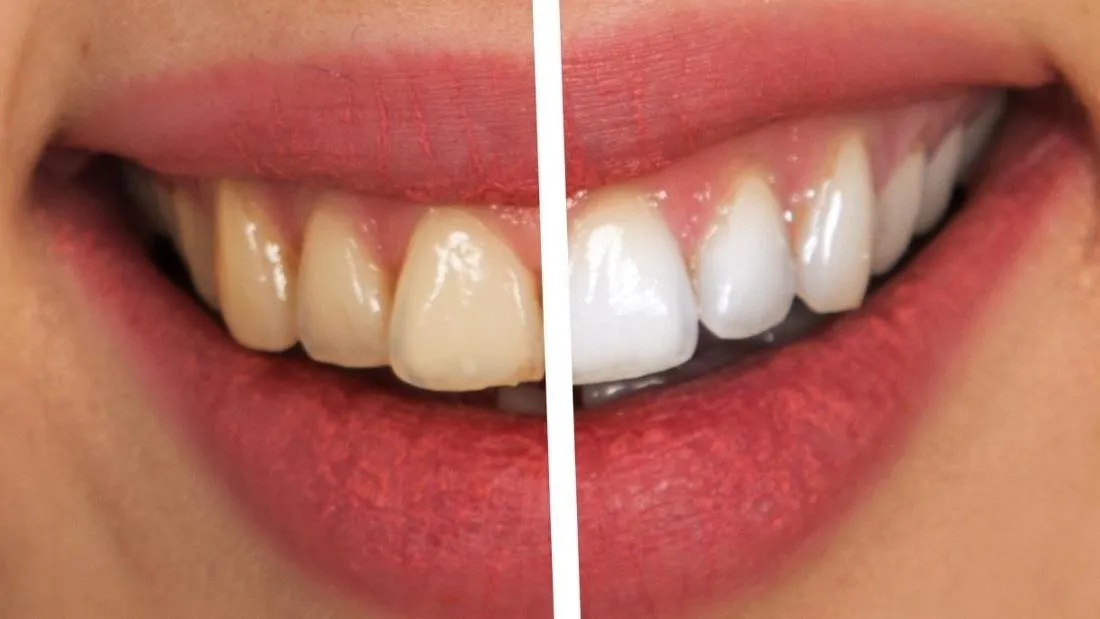
To minimize potential side effects, it’s essential to limit the use and frequency of tooth whitening toothpastes. These toothpastes should not be used for every brushing session. It is often recommended to alternate between whitening and regular fluoride toothpastes. Follow the product’s instructions and the advice of your dentist regarding how often to use whitening toothpastes. Overuse can lead to enamel erosion and increased sensitivity. If you experience any adverse effects, such as sensitivity or irritation, stop using the toothpaste and consult with your dentist. Maintaining a balanced approach to oral care is vital for overall dental health. Limiting use and frequency ensures that you gain the benefits of whitening without compromising the health of your teeth.
